Astronaut Chris Hadfield says manned mission to Mars has been possible for decades
Former ISS commander claims technology to put humans on red plane has existed since 1960s
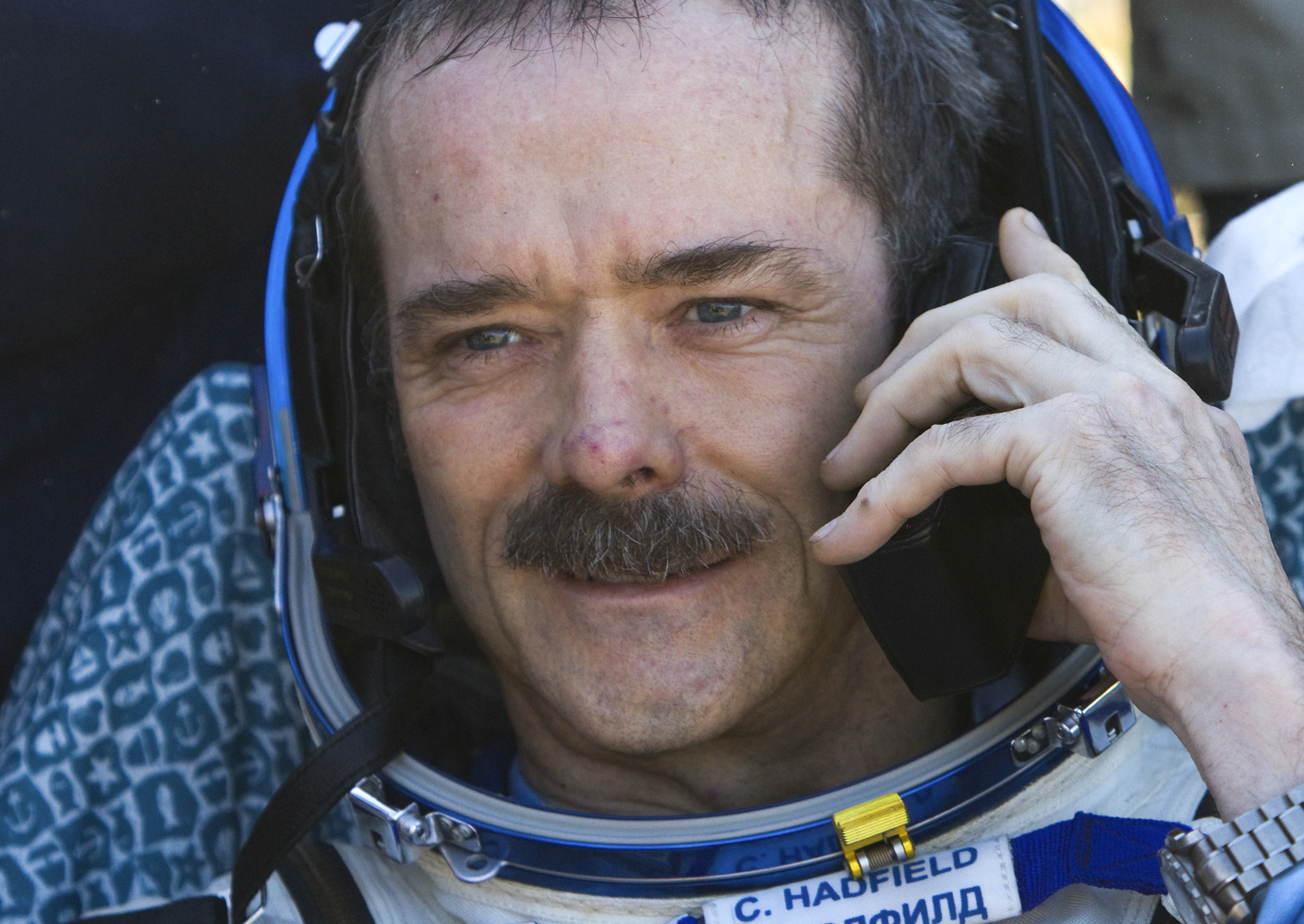
Humans gained the capability to travel to Mars shortly after the first Moon landings took place nearly 50 years ago, according to retired astronaut Chris Hadfield.
In an interview with Business Insider, the former commander of the International Space Station (ISS) was asked whether he thinks Nasa, SpaceX or Jeff Bezos’s Blue Origin were capable of sending humans to the red planet within the next decade.
Hadfield, renowned for his rendition of David Bowie’s Space Oddity while in orbit, responded that humans could have travelled to Mars “decades ago”.
The Week
Escape your echo chamber. Get the facts behind the news, plus analysis from multiple perspectives.

Sign up for The Week's Free Newsletters
From our morning news briefing to a weekly Good News Newsletter, get the best of The Week delivered directly to your inbox.
From our morning news briefing to a weekly Good News Newsletter, get the best of The Week delivered directly to your inbox.
“The technology that took us to the Moon and back when I was just a kid - that technology can take us to Mars,” he told the news site.
Hadfield is right, says Tech Times, which notes that plans to send humans to the red planet were drawn up by scientists including Wernher von Braun, the architect of the Saturn V Moon rocket, as early as 1952.
However, while a manned mission to the planet may have been possible decades ago, the risk to human life was too high, according to Hadfield.
“The majority of the astronauts that we send on those missions wouldn’t make it,” the Canadian spaceman said. “They’d die.”
A free daily email with the biggest news stories of the day – and the best features from TheWeek.com
The immense distance between Earth and Mars poses a number of problems for scientists and astronauts. “Launching shuttles to Mars so far has taken huge lengths of time – anywhere from 128 to 333 days,” says The Sun.
Dangers associated with longer flights include cancer caused by prolonged exposure to “deep-space radiation” and a greater risk of heart disease, the newspaper explains.
Hadfield compares the feat of putting humans on Mars to that undertaken by Portuguese voyager Ferdinand Magellan, who explored the East Indies between 1519 and 1521.
“Magellan, when he launched in 1519, they launched with five ships and 250 people to try and just go around the world once, and almost everybody died,” he said.
-
 TikTok secures deal to remain in US
TikTok secures deal to remain in USSpeed Read ByteDance will form a US version of the popular video-sharing platform
-
 Trump HHS moves to end care for trans youth
Trump HHS moves to end care for trans youthSpeed Read The administration is making sweeping proposals that would eliminate gender-affirming care for Americans under age 18
-
 Why does Trump want to reclassify marijuana?
Why does Trump want to reclassify marijuana?Today's Big Question Nearly two-thirds of Americans want legalization
-
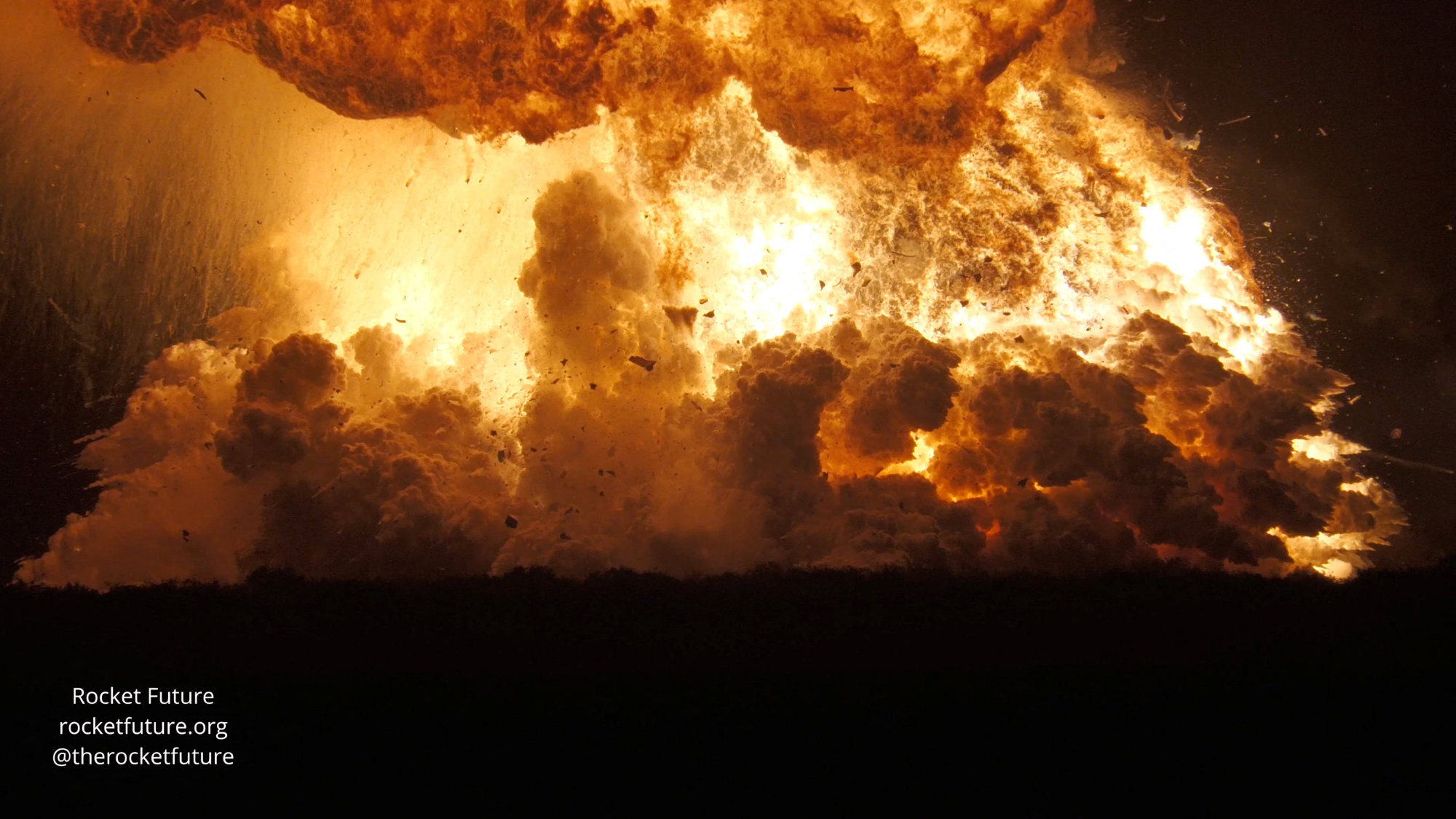 Another Starship blast sets back Musk's Mars hopes
Another Starship blast sets back Musk's Mars hopesSpeed Read Nobody was killed in the explosion, which occurred in south Texas
-
 Elon Musk's SpaceX has created a new city in Texas
Elon Musk's SpaceX has created a new city in TexasUnder The Radar Starbase is home to SpaceX's rocket launch site
-
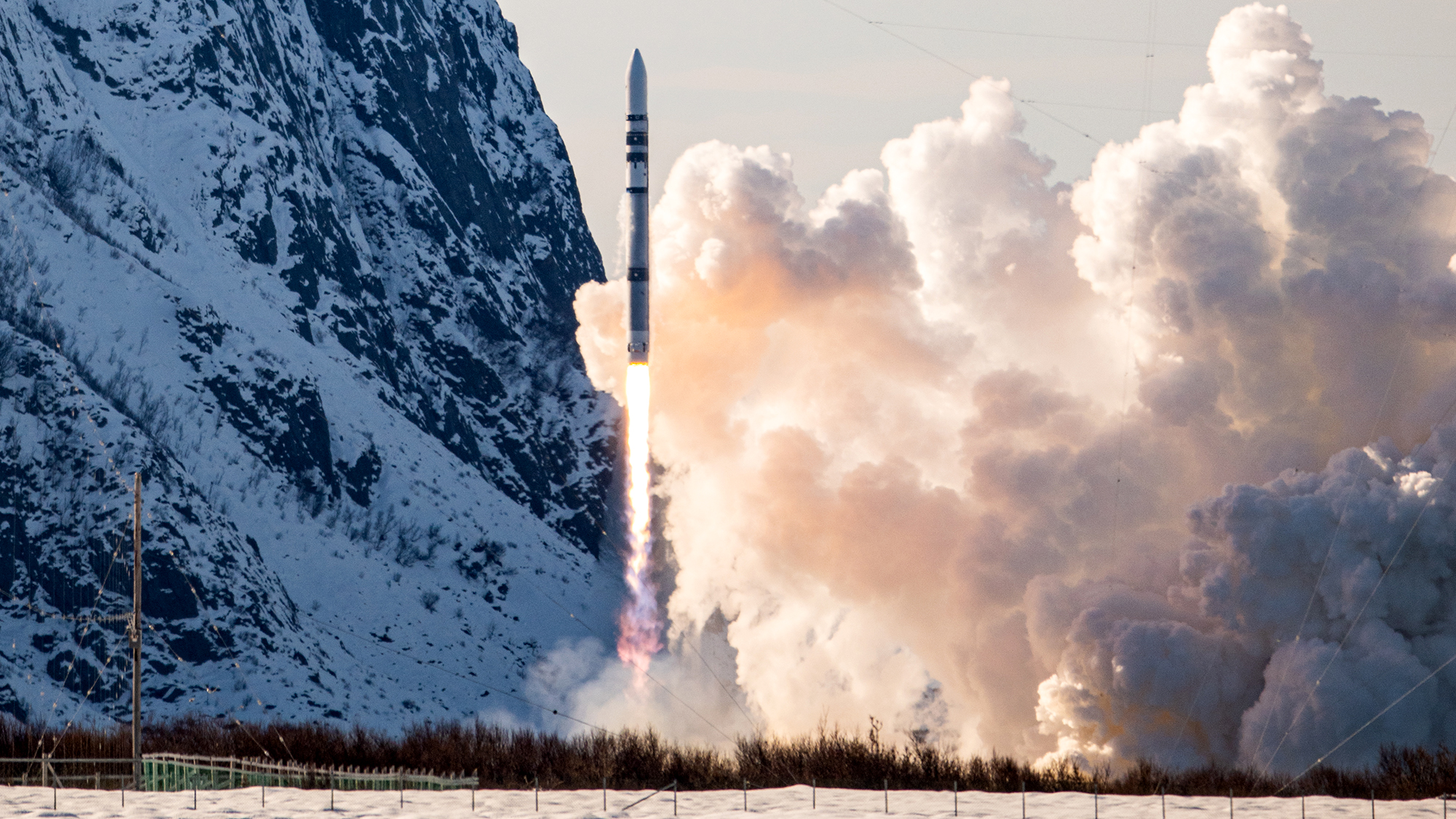 Test flight of orbital rocket from Europe explodes
Test flight of orbital rocket from Europe explodesSpeed Read Isar Aerospace conducted the first test flight of the Spectrum orbital rocket, which crashed after takeoff
-
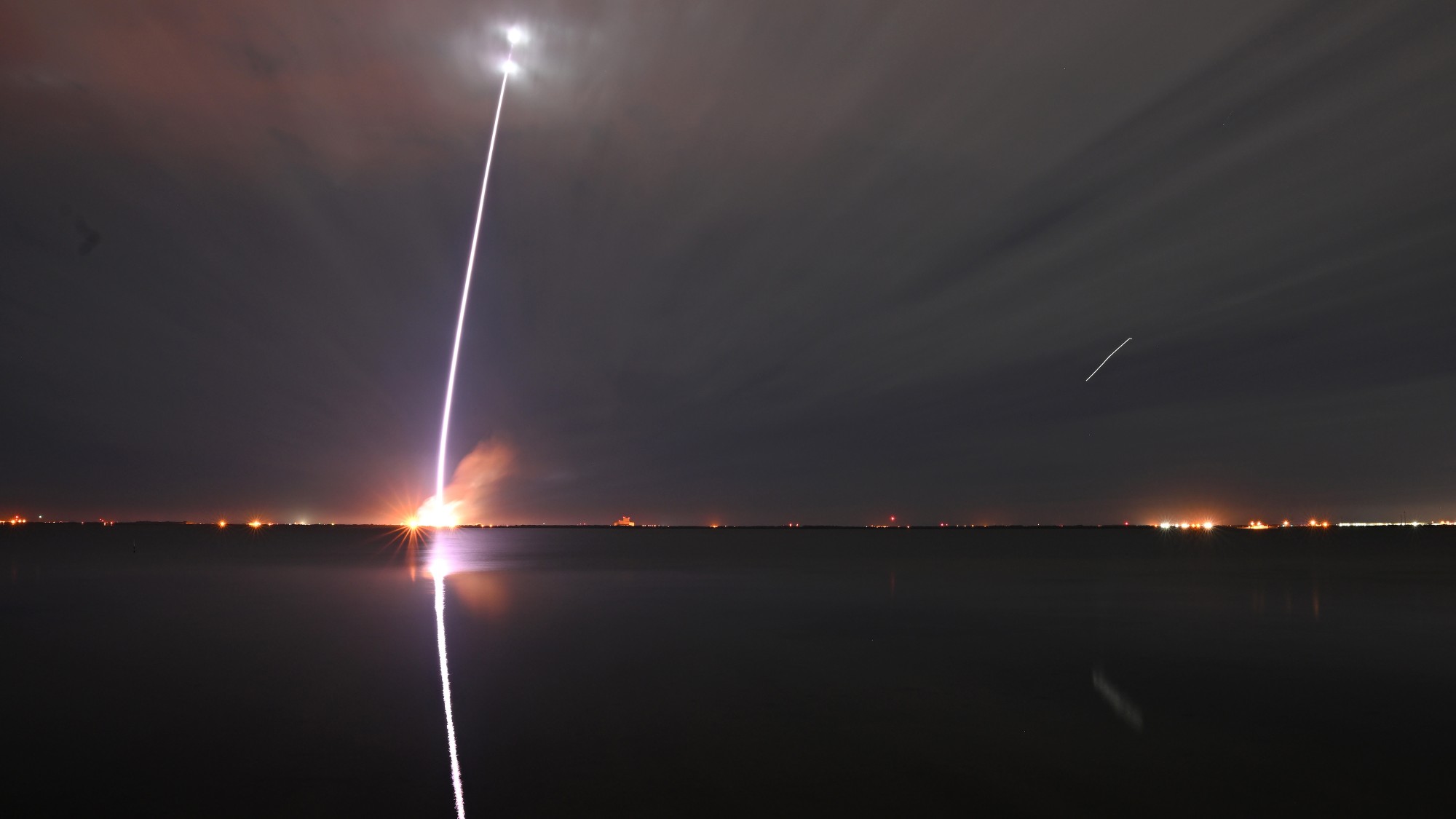 Jeff Bezos, Elon Musk and the billionaire space race
Jeff Bezos, Elon Musk and the billionaire space raceThe Explainer Tesla CEO and Amazon founder vie for dominance of satellite launch market and could influence Nasa plans to return to Moon
-
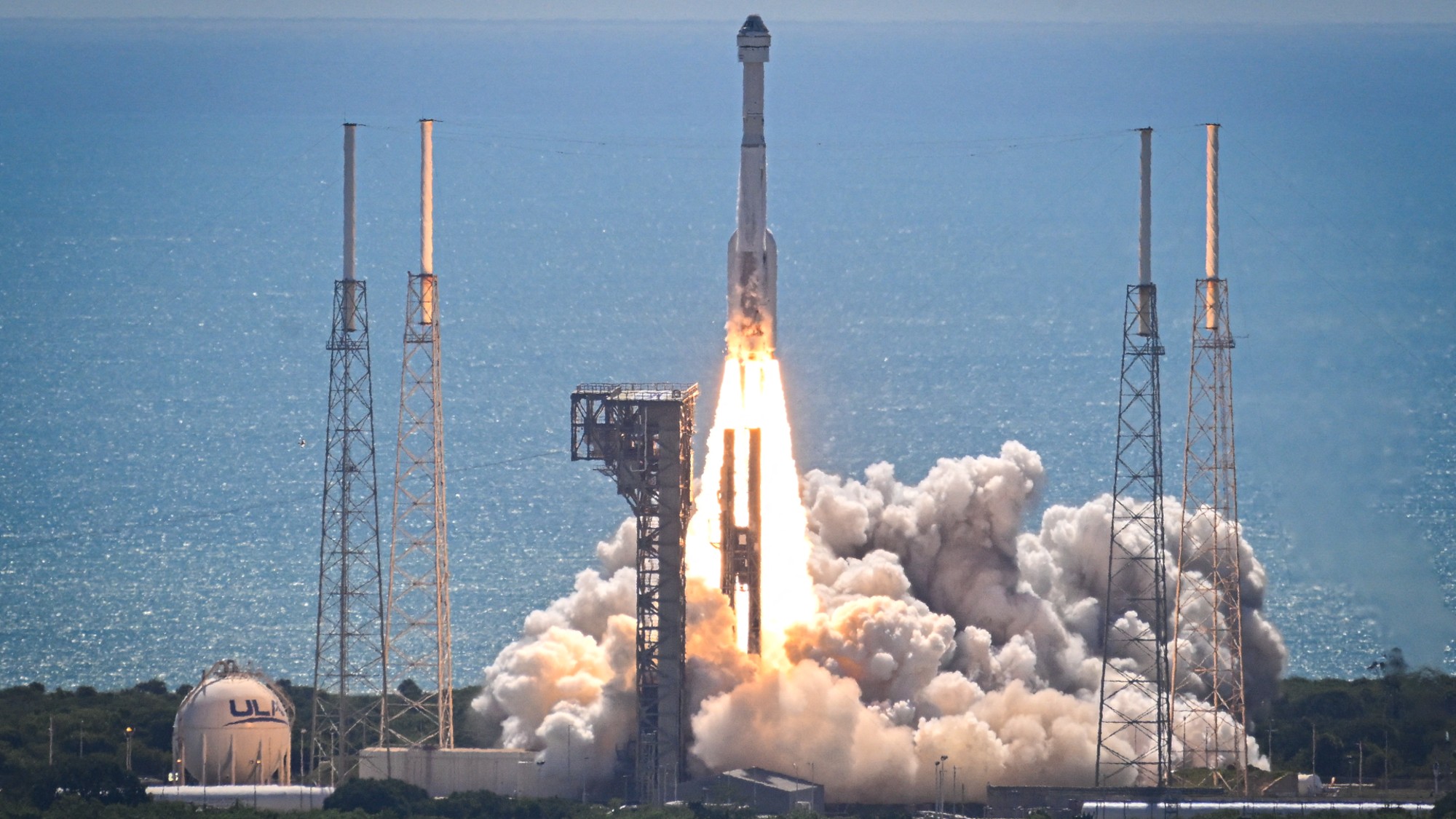 Starliner: What went wrong?
Starliner: What went wrong?Today's Big Question Boeing spacecraft has had a 'long, difficult road'
-
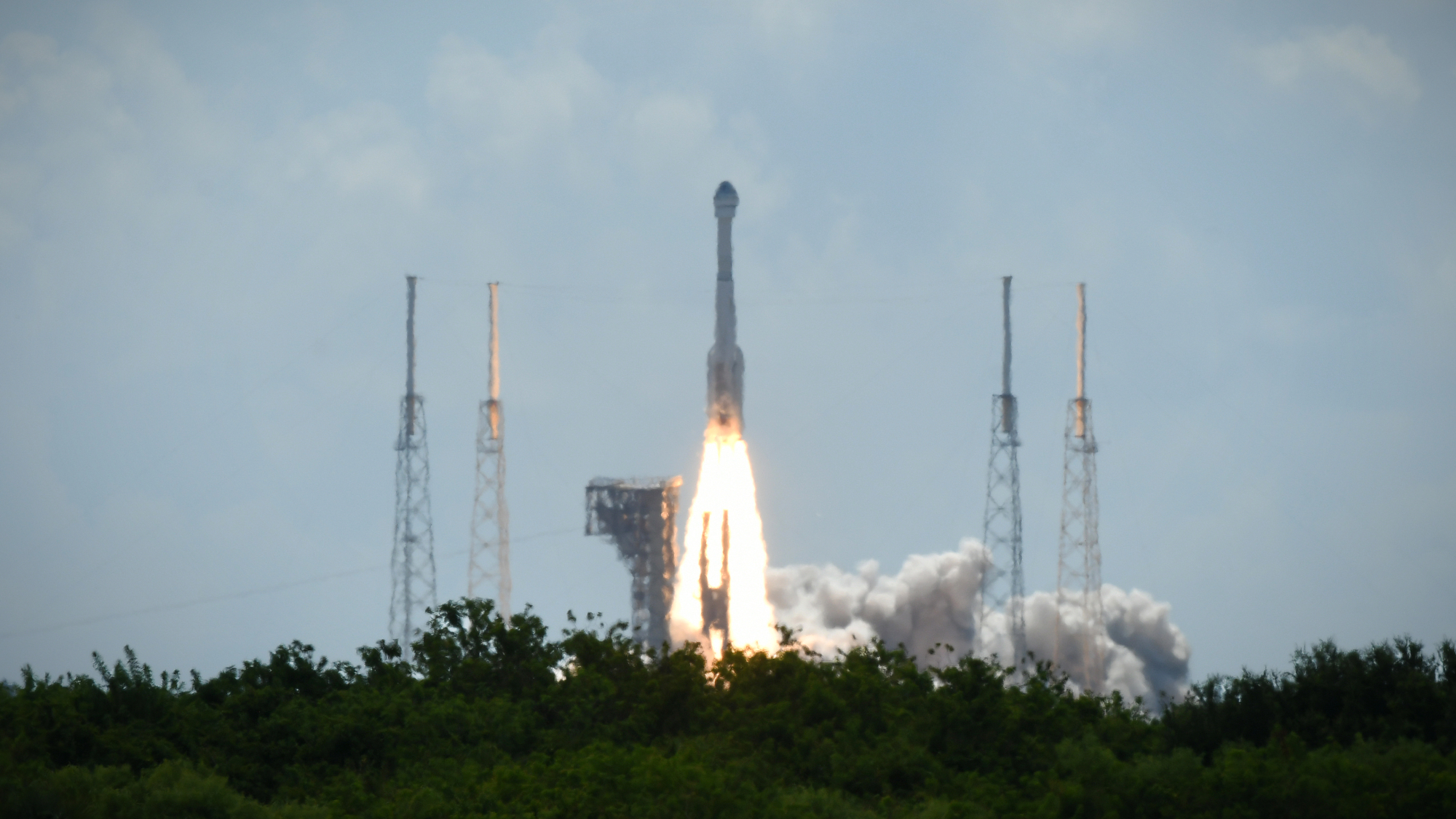 Boeing, SpaceX successfully test key rockets
Boeing, SpaceX successfully test key rocketsSpeed Read Boeing’s Starliner docked at the ISS and SpaceX completed its fourth test launch of its Starship spacecraft
-
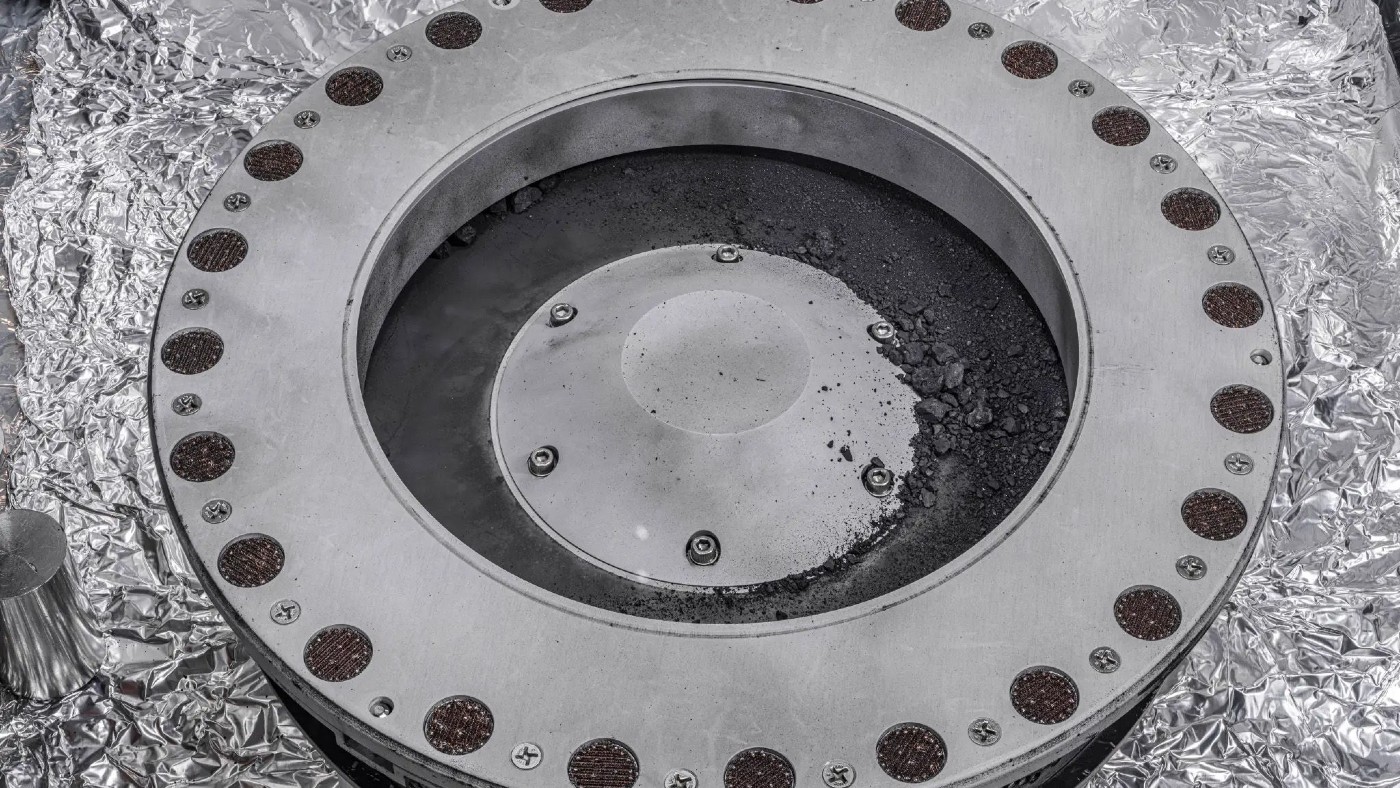 Nasa reveals first findings from asteroid that could explain origins of life
Nasa reveals first findings from asteroid that could explain origins of lifeSpeed Read Sample from Bennu has been found to contain an abundance of water and carbon
-
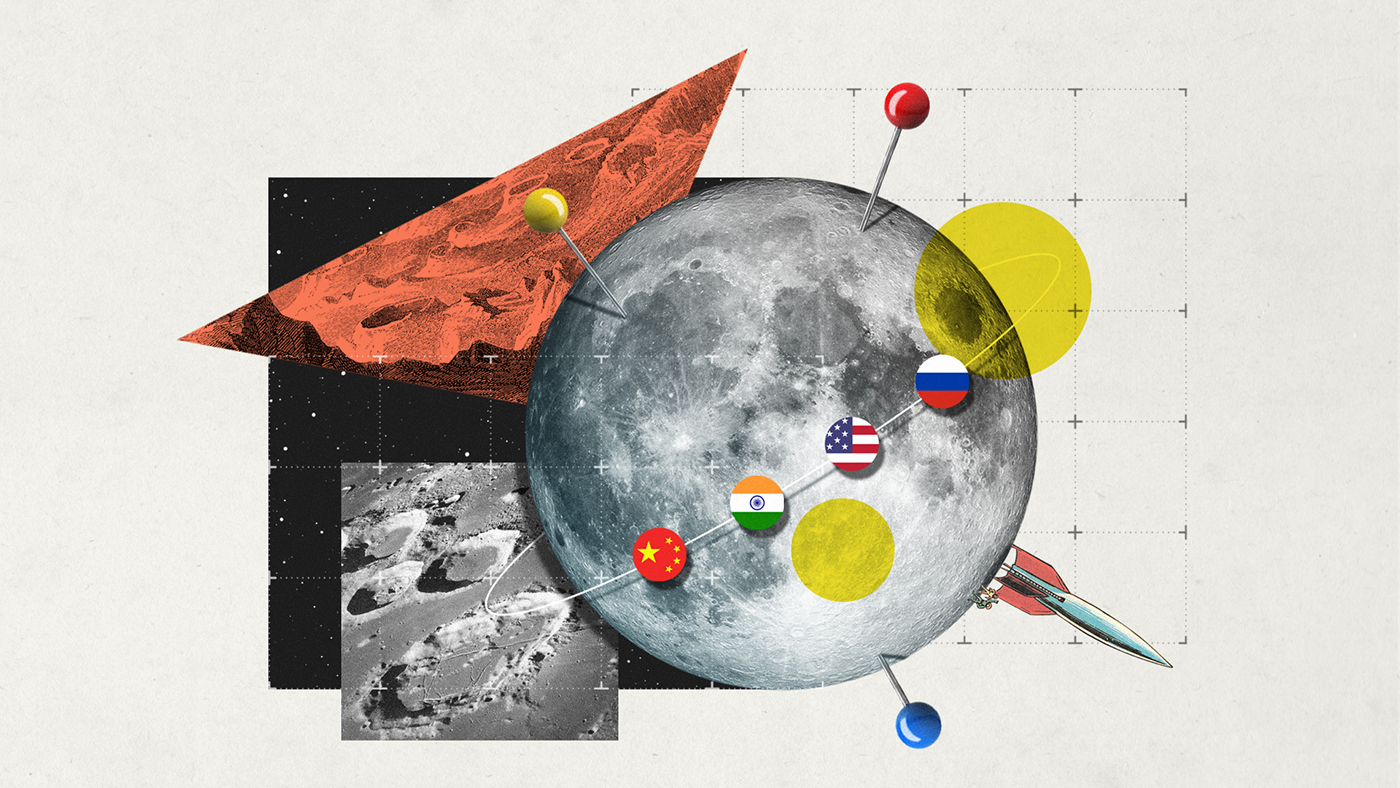 Dark side of the Moon: will the race to lunar South Pole spark conflict?
Dark side of the Moon: will the race to lunar South Pole spark conflict?Today's Big Question Russia and India are competing for the ‘new lunar gold’ – but real contest will be between the US and China